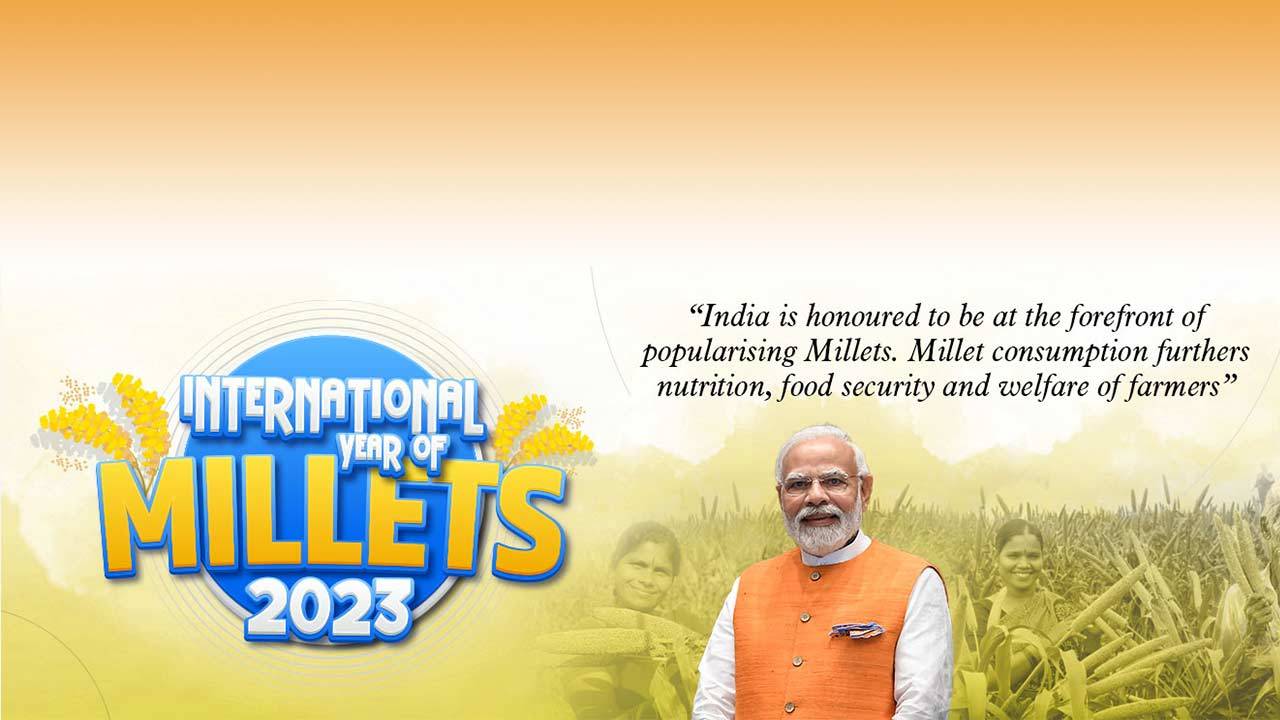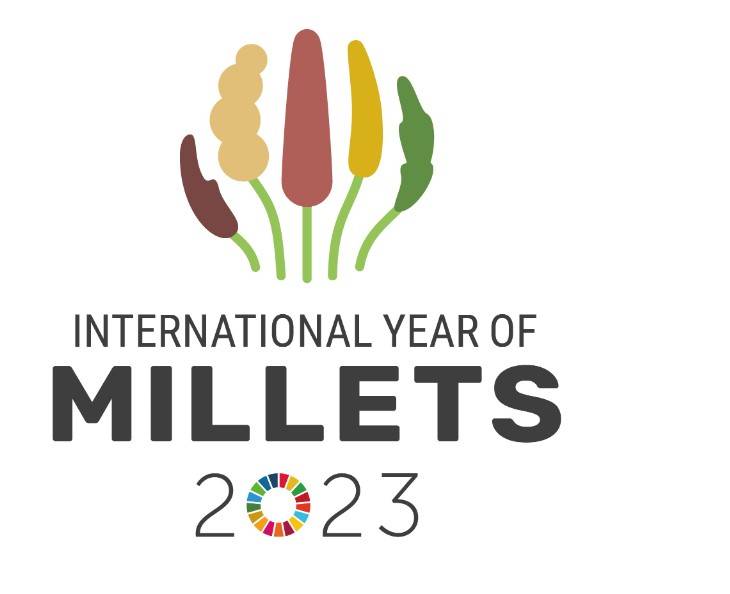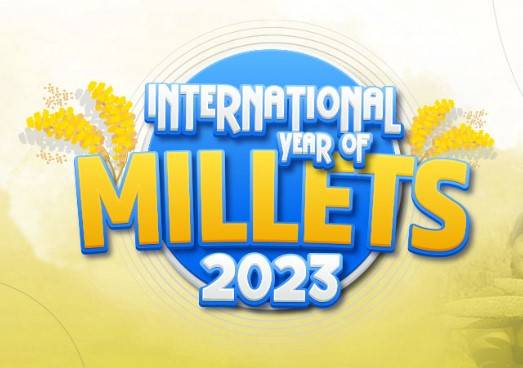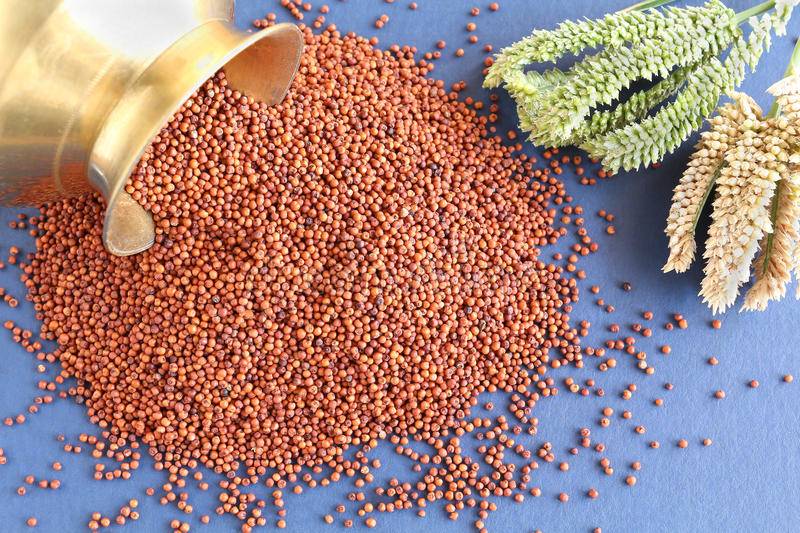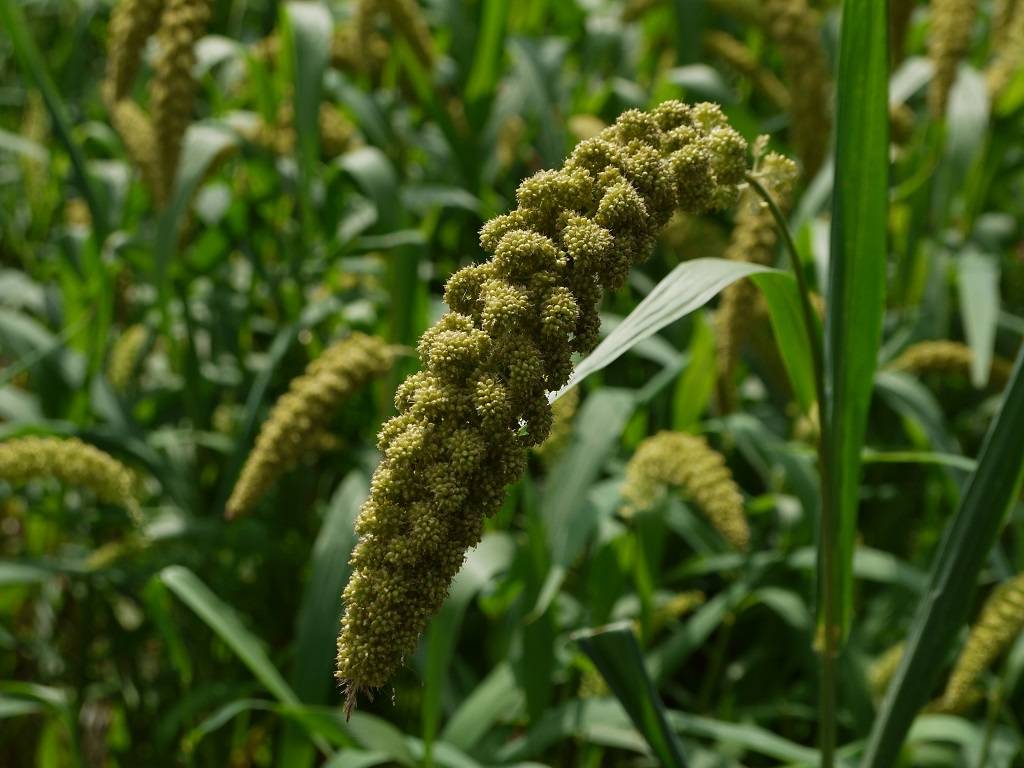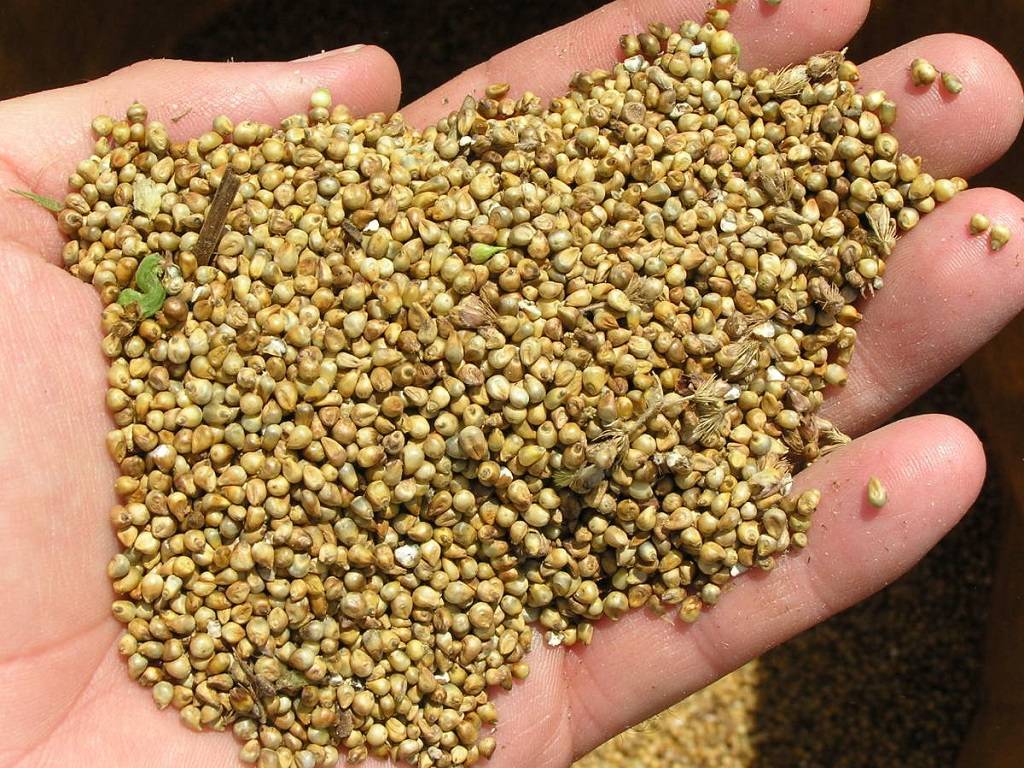2023 : International Year of Millets
The International Year of Millets (IYoM 2023) was recognized by the United Nations General Assembly at its 75th session in March 2021. In cooperation with other pertinent stakeholders, FAO is the primary organization for the Year's celebration. Millets are tolerant of climatic fluctuations and may be grown on arid terrain with few inputs. As a result, they are the perfect way for nations to boost national independence and lessen their dependence on imported cereal grains.
Know Your Millets
Millets are significant crops of Asia and Africa's semi arid tropics, particularly in India, Mali, Nigeria, and Niger. 97% of millet is produced in developing nations. This crop is preferred because of its yield and brief growth season in hot, dry circumstances.
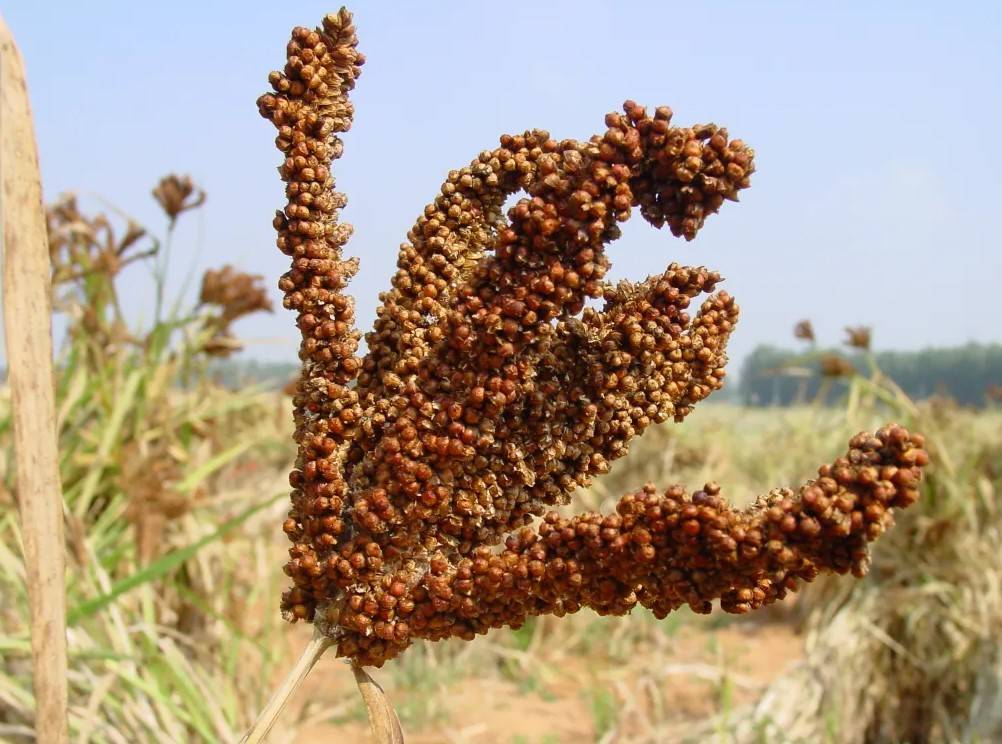
Finger Millet
Ragi also known as finger millet is known for its weight loss capabilities and is a coarse food grain consumed mainly by rural and southern parts of India.

Sorghum
Jowar also known as Sorghum is often regarded as the "new quinoa" due to its gluten-free and whole-grain properties.
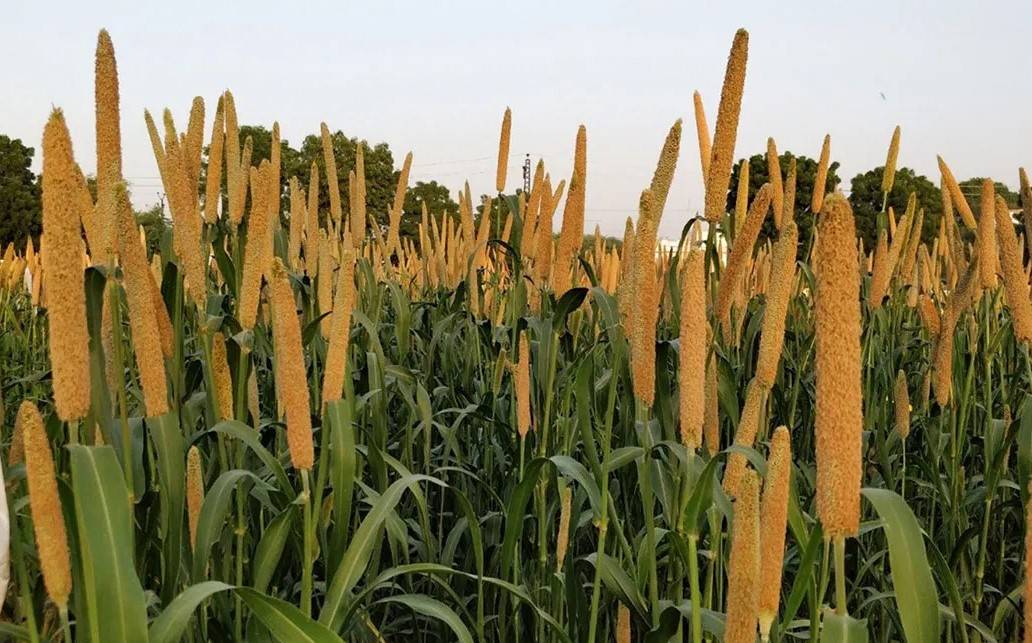
Pearl Millet
Bajra, commonly referred to as the pearl millet, originates in Rajasthan and is now highly valued across the country due to its ayurvedic and scientific benefits.
Minor Millets
The minor millets comprise of foxtail, kodo, barnyard, proso and little millet. It comes with indigestible seed coat which is separated prior to consumption as a part of post harvest processing.
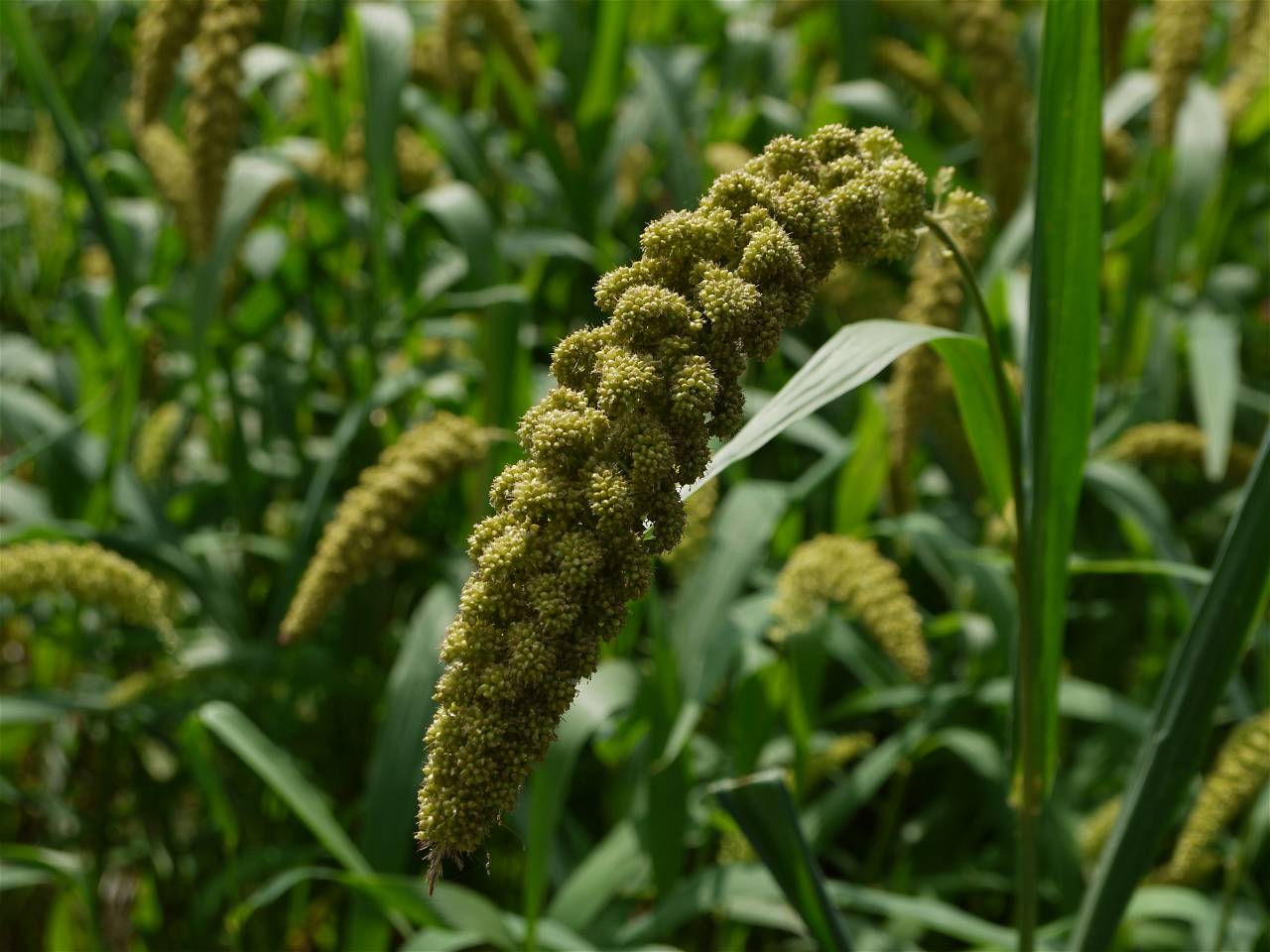
Foxtail
Kangri or Kakum also known as Foxtail Millet is the second-most widely grown millet in the world. Historians believe its cultivation dates back to 8000 years and have evidence it was grown extensively alongside the yellow river in Cishan, China.
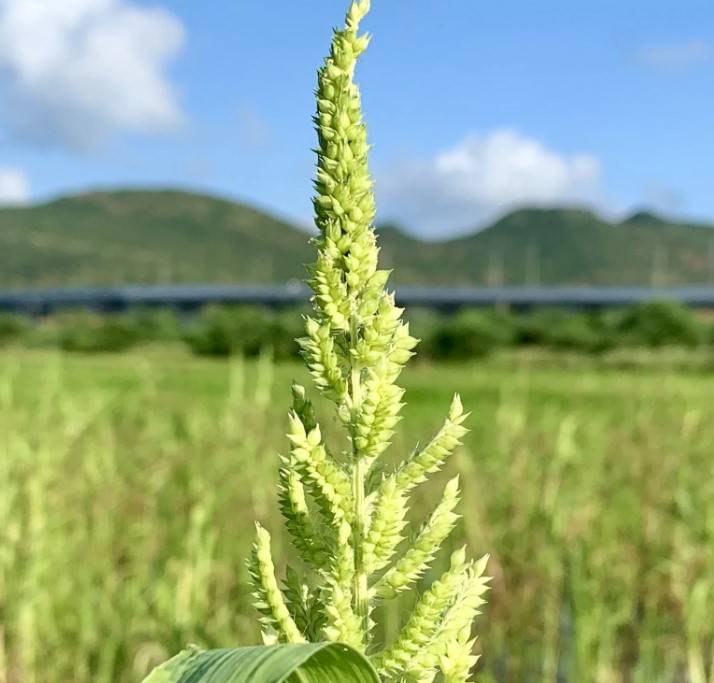
Barnyard
An ancient millet called jhangara or sanwa, also known as barnyard millet, is often farmed in Uttarakhand's hilly regions and is typically grown in warm, moderate climates.
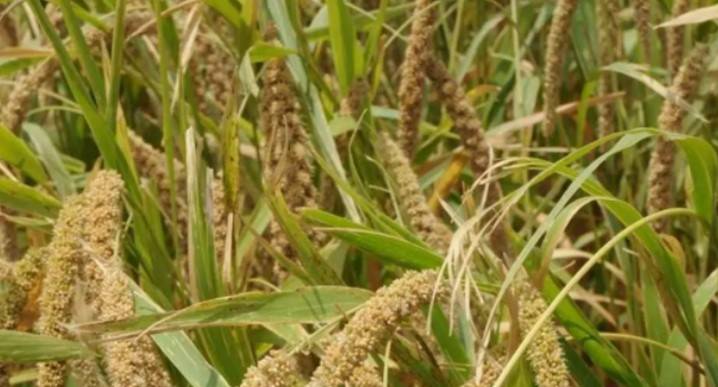
Kodo
An annual plant that can withstand drought, kodo, koda, or arke millet is widely grown in India, Nepal, Vietnam, the Philippines, Indonesia, and West Africa.
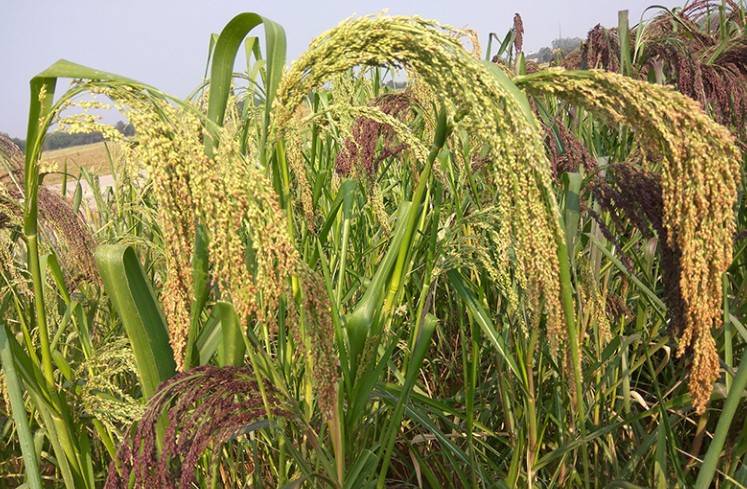
Little
Little millet, also known as kutki or shavan, is typically eaten like rice. Any dish that calls for rice can be made with little millets that have a comparable flavour.
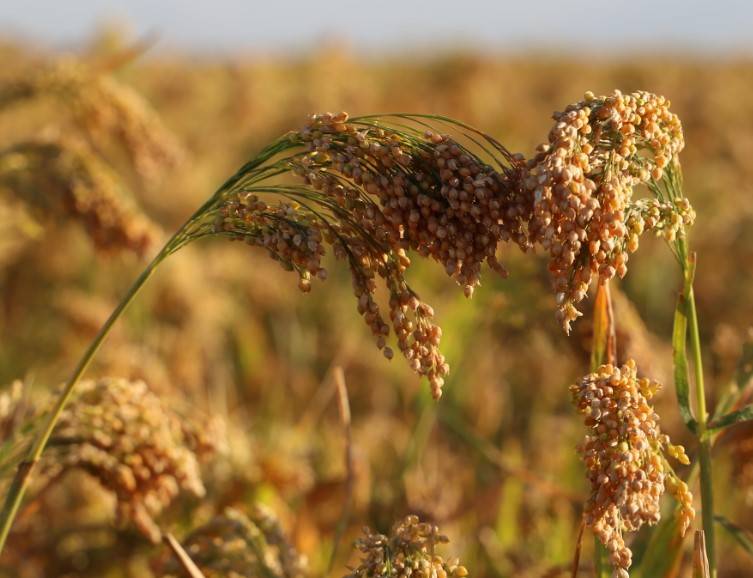
Proso
Proso millet also referred to as white millet, Kashif millet, or hog millet is a distinctive Indian millet. It is a kind of wild grass that was domesticated as a crop in China sometime in the past 7000 years.
Health Benefits
Millet is a rich source of protein, fiber, essential vitamins, and minerals. The protection of cardiovascular health, delaying the onset of diabetes, assisting individuals in achieving and maintaining a healthy weight, and controlling intestinal inflammation are just a few of the possible health advantages of millet.
 Helps prevent Coronary Artery Disease
Helps prevent Coronary Artery Disease
 Reduces Risk of Colon Cancer
Reduces Risk of Colon Cancer
 Helps in Preventing Celiac Disease
Helps in Preventing Celiac Disease
 Good Source of Antioxidants
Good Source of Antioxidants
 Aids in Sleep
Aids in Sleep
 Helps in Weight Loss
Helps in Weight Loss
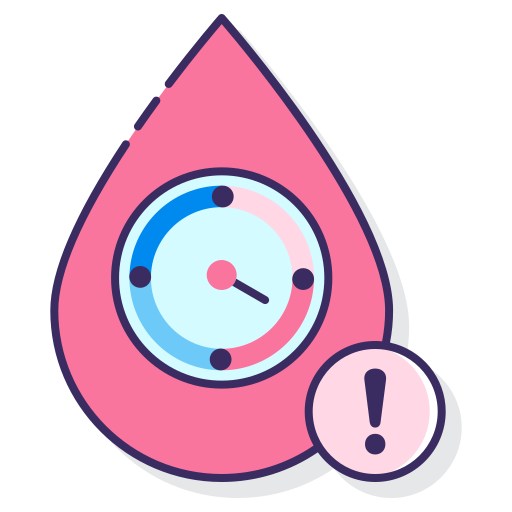 Helps to Decrease High Blood Pressure
Helps to Decrease High Blood Pressure
 Controls Diabetes
Controls Diabetes
 Helps in Slowing Down Muscle Degradation
Helps in Slowing Down Muscle Degradation
 Helps in Relieving Menstrual Cramps
Helps in Relieving Menstrual Cramps
Millet Facts
One of the world's healthiest foods is millet. They are fantastic staples, especially for those who cannot consume gluten! Here are some interesting trivia about millets.
More than 6,000 different types of wild annual grasses are referred to as millet together.
One of the earliest meals consumed by humans is millet, which is said to be the first cultivated cereal grain. They could have been among the first crops to be farmed during the "Hoe Age," the period before the "Plow Age." They were probably initially domesticated in Asia more than 4,000 years ago, and during the Middle Ages, they were important cereals in Europe. Due to its drought-resistant growth characteristics, millet is proven to be a highly significant staple grain in African and Asian societies before effective irrigation systems were developed. It remained significant until the art of cultivating wheat and rice was fully developed.
Beer is made from millet throughout a large portion of eastern Africa.
Due to the preventive effects of health-promoting phytonutrients, epidemiological studies have demonstrated that diets high in millet, particularly whole grains, are protective against non-communicable illnesses including diabetes, cancer, and cardiovascular diseases. For those who cannot consume gluten, millets are a fantastic alternative to other grains.
More than one-third of the world's population still relies on millet, which is still the sixth most significant cereal grain in the world despite its declining importance.
Nearly 100 nations cultivate sorghum, which is used to make more than 60% of the world's millet.
The most heat- and drought-resistant cereal of all is pearl millet, which can be grown in hot climates, light soils, and semi-arid environments.
Among the millets grown in India, finger millet has the greatest production (1640 kg/ha).
The most protein (12.5%) is found in proso millet.
The best source of crude fiber and iron is barnyard millet.
The short growing season of foxtail millet, which has a low water need, is largely responsible for its success. It takes 65 to 70 days for it to reach maturity.
Millets are a great source of fiber and minerals including potassium, magnesium, calcium, iron, and phosphorus.
Jowar (sorghum), which is high in iron, protein, and fiber, helps lower cholesterol levels. It benefits those who are sensitive to wheat.
Rice and wheat can both be substituted with finger millet (Ragi). This gluten-free millet, which is high in protein and amino acids, is beneficial for developing children's brain development.
Foxtail millet (Kakum/Kangni) is frequently found as semolina and rice flour and contains excellent blood sugar-balancing carbs. This millet helps to strengthen one's immune since it contains calcium and iron.
Foxtail millet (Kakum/Kangni) is frequently found as semolina and rice flour and contains excellent blood sugar-balancing carbs. This millet helps to strengthen one's immune since it contains calcium and iron.
Bajra, also known as pearl millet, is a grain high in iron, protein, fiber, and minerals like calcium and magnesium that support heart health. Additionally, it contains a lot of potassium, which expands blood vessels and facilitates easier blood flow. This lowers blood pressure in general.
The high fiber content of barnyard millet (Sanwa) can successfully aid in weight loss. It has a lot of calcium and phosphorus, which is good for strengthening bones.
Blood sugar levels can be efficiently balanced with proso millet (Chena).
Little millets (Moraiyo, Kutki, Shavan, and Sama) are excellent sources of B vitamins and minerals including calcium, iron, zinc, and potassium that can aid with weight loss. It is a healthier alternative to rice because of its high fiber content.
Kodo millet, sometimes known as "Kodon," is relatively simple to digest, rich in lecithin, and beneficial for boosting the neurological system. They are abundant in minerals including calcium, iron, potassium, magnesium, and zinc as well as B vitamins like niacin, B6, and folic acid. Kodo millets are suitable for those who are sensitive to gluten, as well as those with high blood pressure and high cholesterol levels. They also contain no gluten.
FAQs
India is one of the top producers and suppliers of millet, and the nation has several locations where it can be purchased. Rajasthan, Maharashtra, Karnataka, Andhra Pradesh, and Madhya Pradesh are the principal states in India where millet is grown. Many millet farmers in these states cultivate the crop for both home and foreign markets. There are other minor millet-producing regions spread out over India in addition to the big millet-producing states. The states of Uttar Pradesh, Bihar, and Madhya Pradesh are among these areas.
This is a false impression. The amount of rice you need to eat to feel satisfied, for instance, decreases significantly when you switch from white, polished rice to unpolished rice since the latter contains more bran and a lower glycemic index. You feel hungry far later than you would if you were eating white, polished rice as a consequence. Similarly to this, millet's high fiber content causes delayed digestion and a lower glycemic index. Once you comprehend how millets function, you'll discover that far fewer of them are needed to provide the same quantity of energy that keeps us going. Millets are also fantastic for diabetics for this reason.
Like other whole grains, millet does not have a low-calorie content. So, if you want to keep your weight in check, you should only take it in moderation. The ICMR-National Institute of Nutrition estimates that 270 grams of cereal, including Nutri-cereals (millets), can be consumed.
Millet is a healthier alternative to rice since it contains much more protein and fiber. If you choose unpolished millets, you can lead a healthy lifestyle. This is because the uncooked ones are rich in beneficial minerals and vitamins.
The tryptophan in millet increases the body's serotonin level, which helps in lowering stress. Every night, a cup of millet porridge can help in restful sleep.
